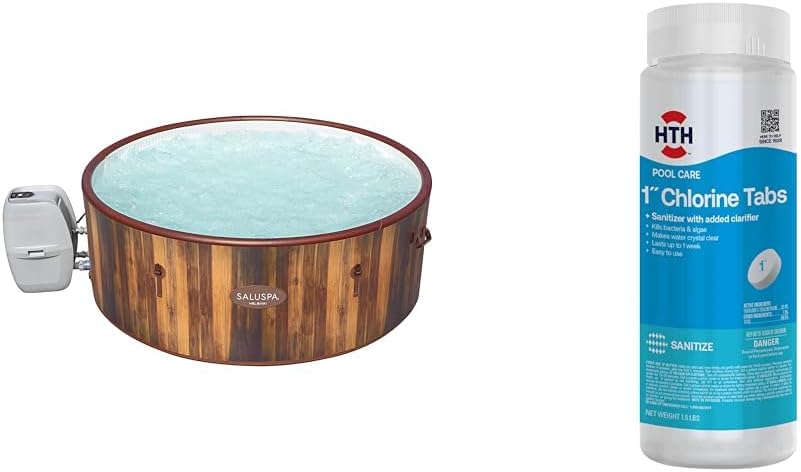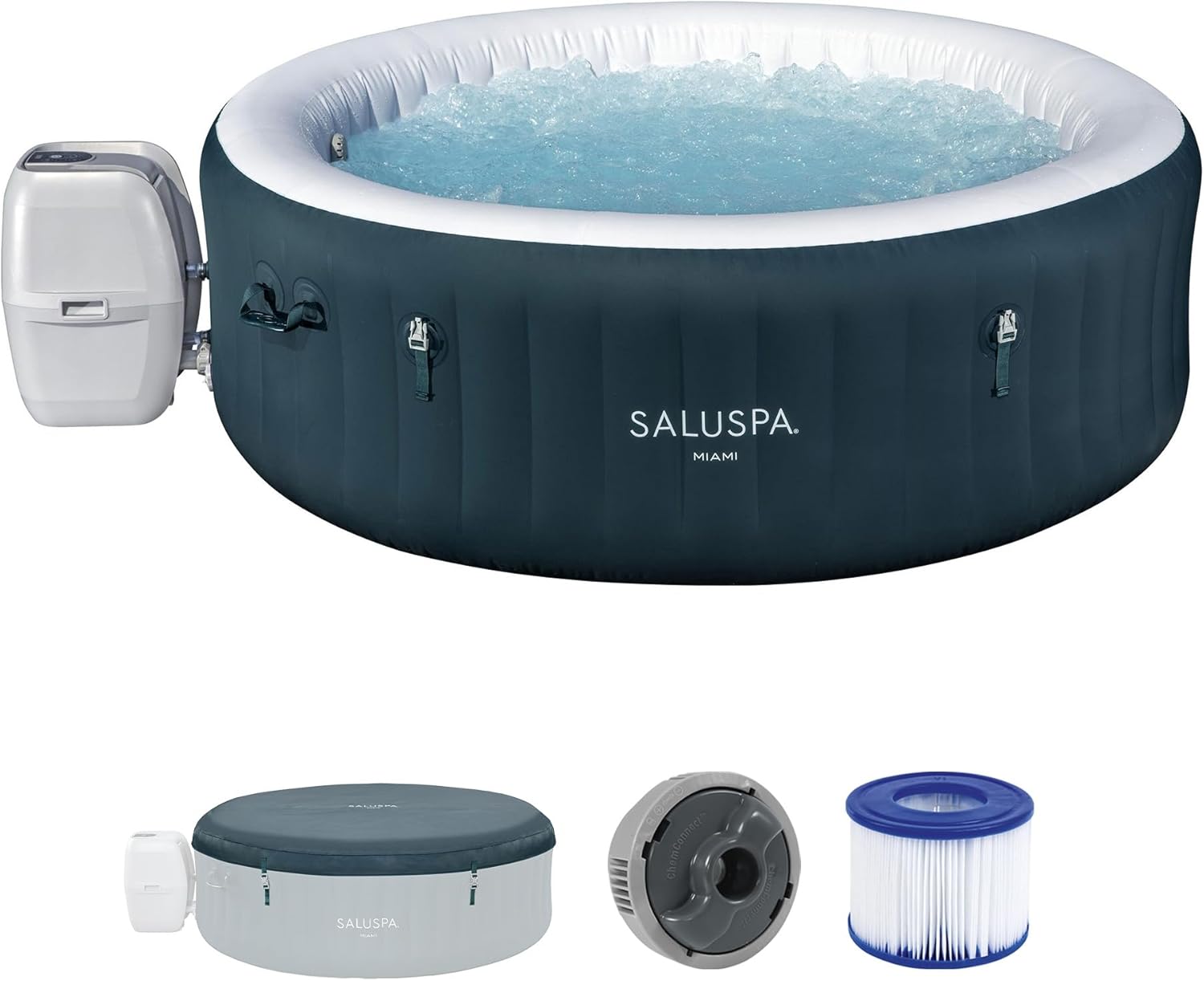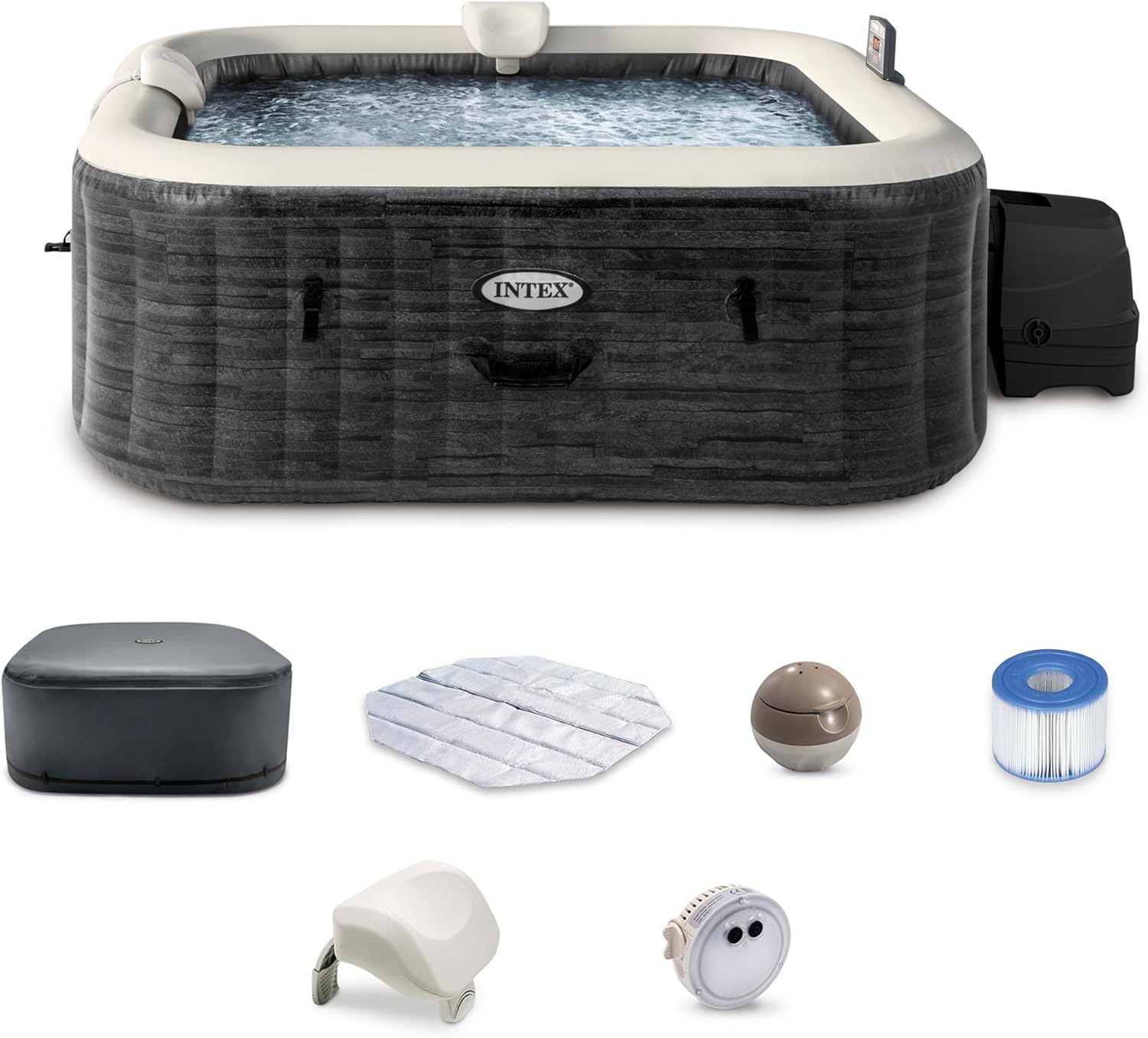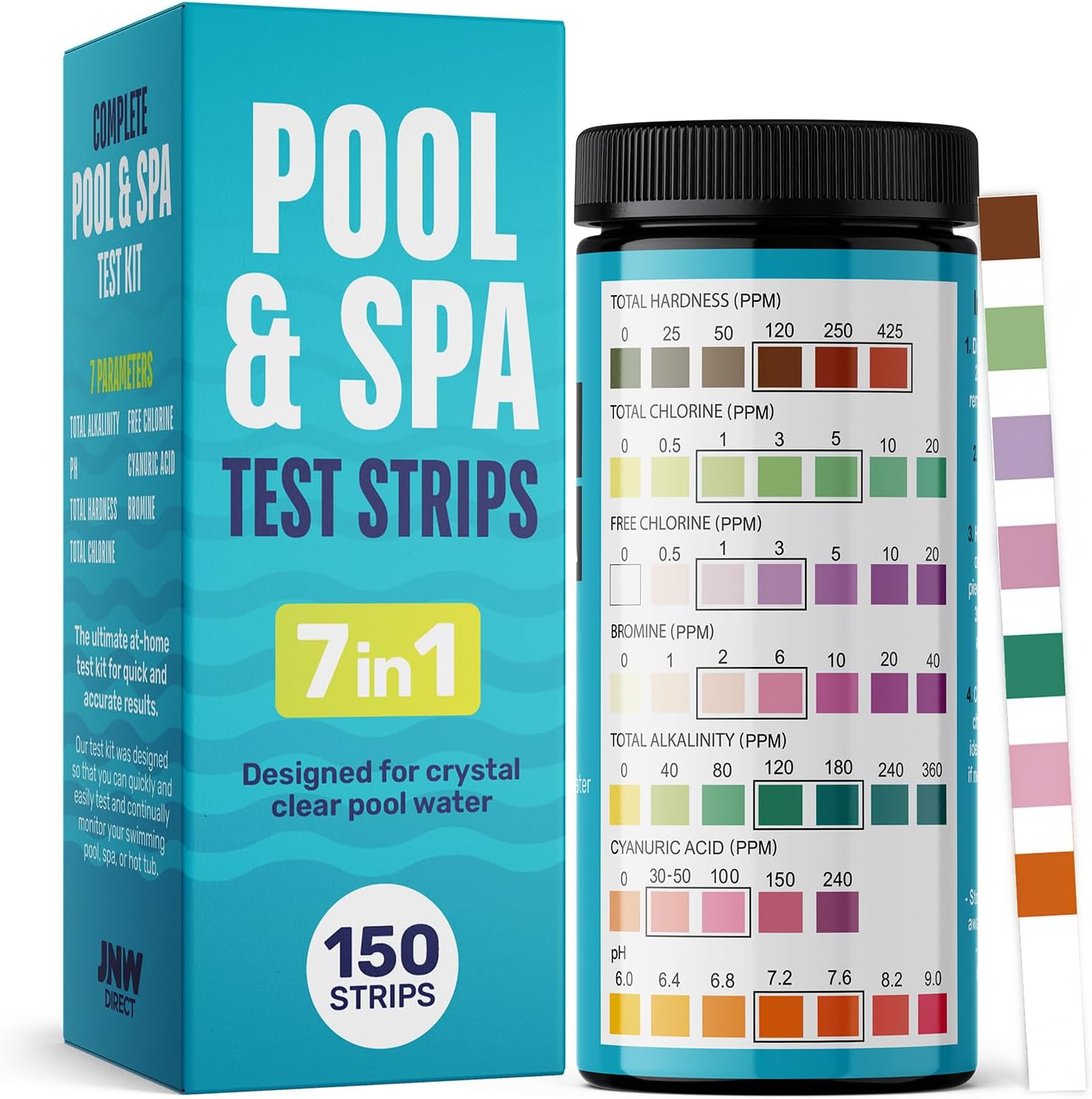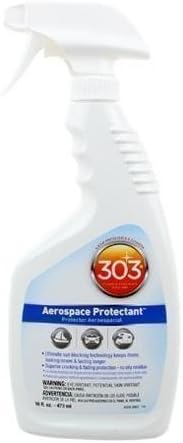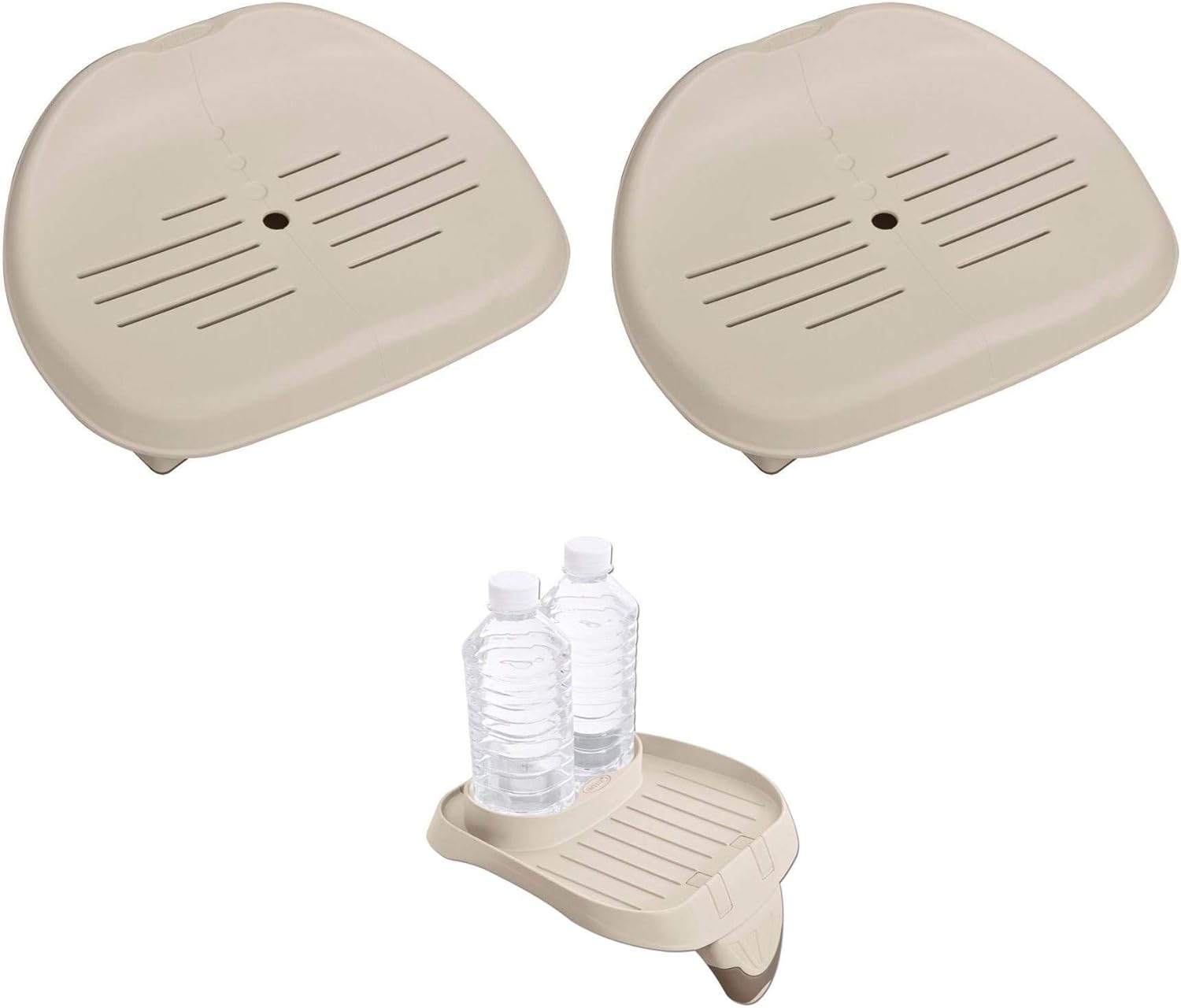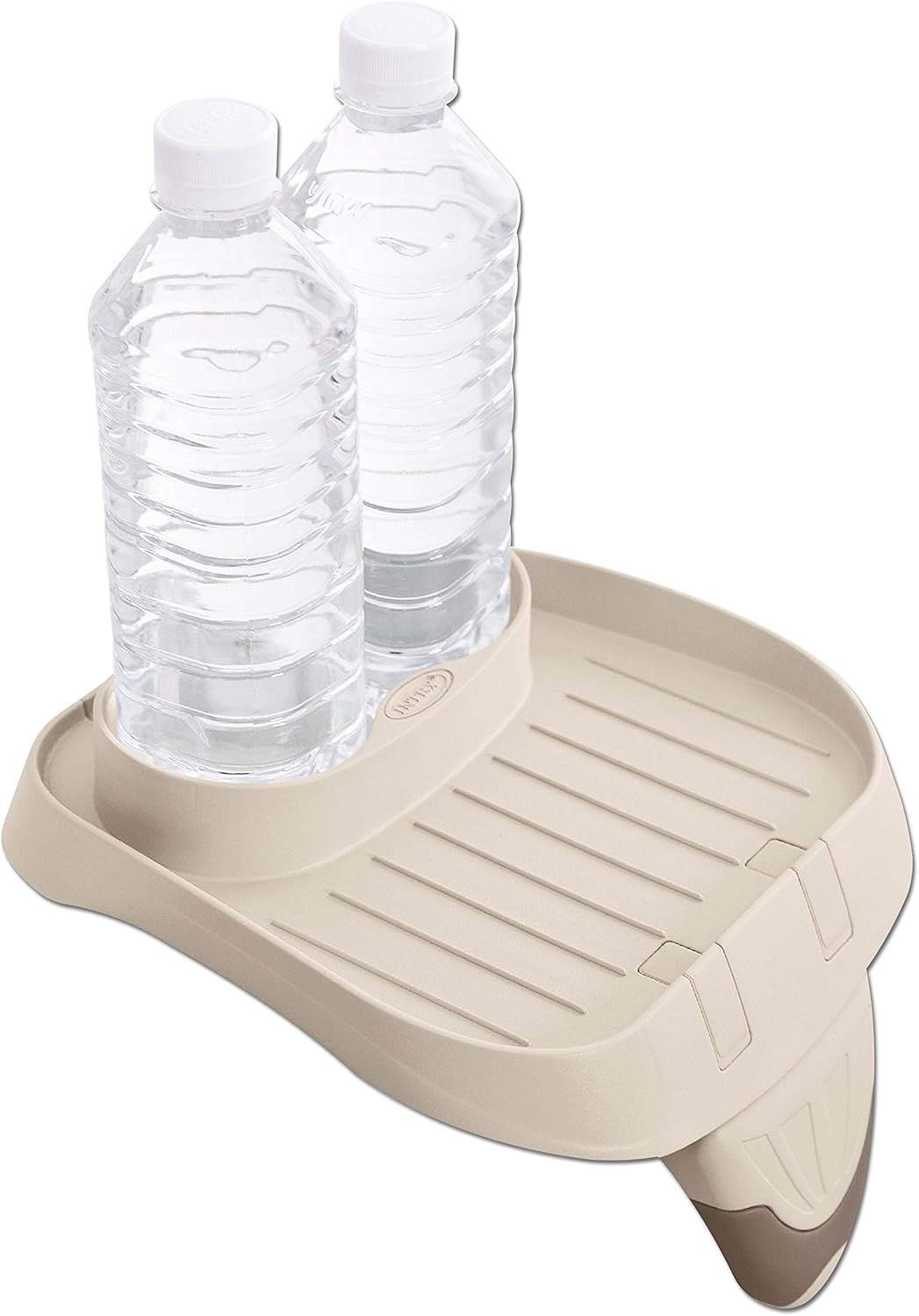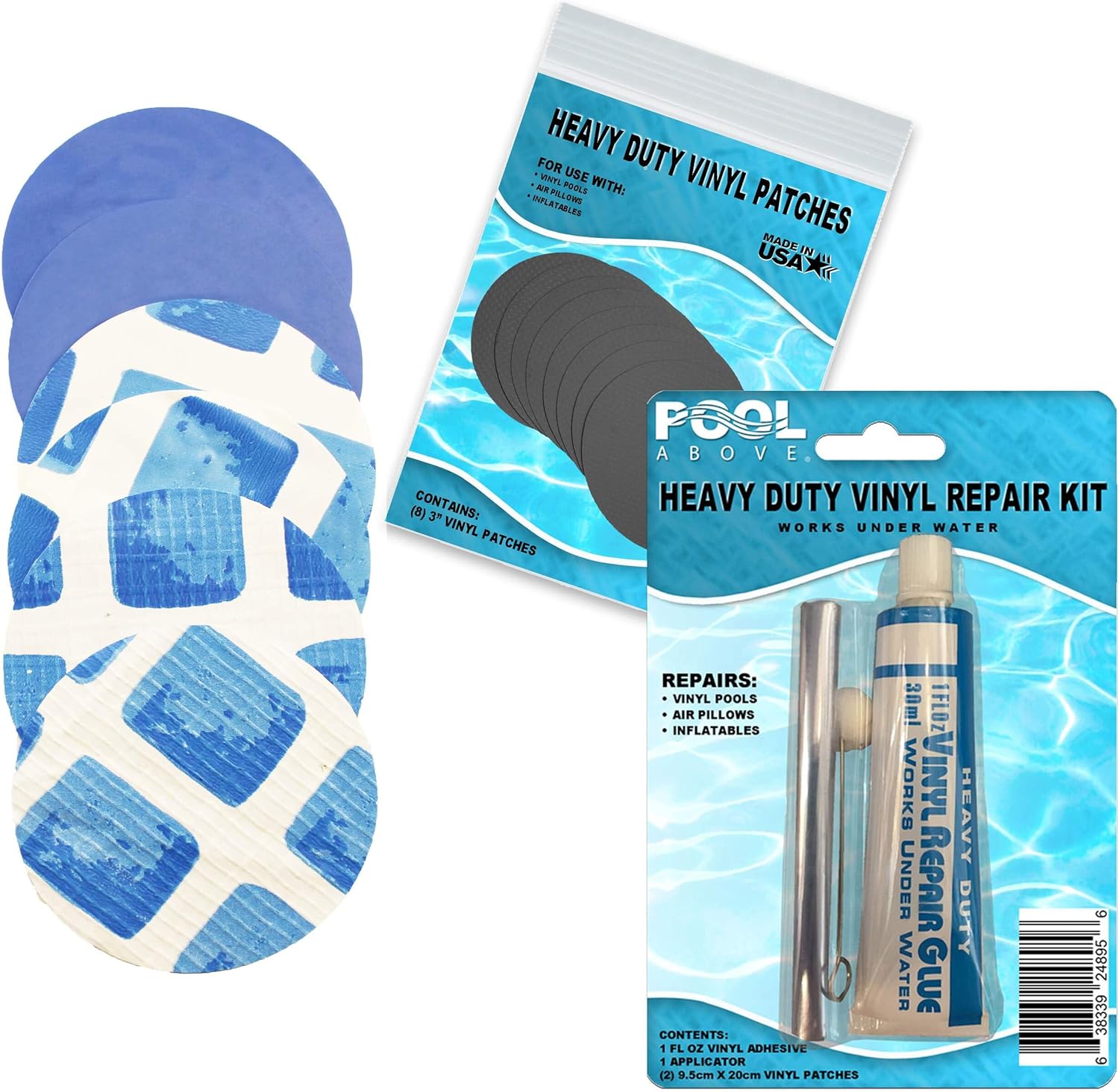Inflatable Hot Tub Cost Calculator: What Will You *Really* Pay?
An inflatable hot tub is one of life’s most affordable luxuries. But beyond the attractive purchase price, there’s one question every potential buyer asks: “How much is this actually going to cost me to run each month?” It’s the most important question, yet the hardest to answer—until now.
As hot tub experts who have tested and tracked the real-world costs of dozens of models, we built this calculator to give you a powerful, personalized estimate. Using our hands-on data and a bit of physics, this tool goes beyond vague guesses. Enter your local details to see a realistic forecast of your monthly bill, and then read our in-depth guide below to understand every factor and learn how to keep your costs as low as possible.
Customize Your Estimate
Your Estimated Monthly Cost
Deconstructing Your Bill: An In-Depth Look at Hot Tub Costs
The calculator gives you the numbers, but knowledge is power. Understanding *why* your spa costs what it does is the key to minimizing your expenses. Let’s break down every component of inflatable hot tub ownership.
Factor 1: Electricity (The Main Event)
This is, without a doubt, your biggest and most variable ongoing expense. Your hot tub’s pump uses a 1500-watt heater (similar to a powerful space heater), and its primary job isn’t just to heat the water, but to *keep it hot*. This is a constant battle against heat loss.
How We Calculate Electricity Cost
Our calculator uses a simplified thermodynamic model. The cost is determined by how much heat the water loses to the surrounding air, and how much energy the heater needs to replace that loss. The key variables are:
- Temperature Difference (ΔT): This is the most significant factor. It’s the difference between your desired water temperature (e.g., 102°F) and the average ambient air temperature. The bigger this difference, the faster heat escapes, and the harder your heater works. This is why running a tub at 102°F when it’s 40°F outside is far more expensive than when it’s 75°F.
- Tub Size (Surface Area): A larger tub has more water surface area, which is the primary site of heat loss. While more water holds heat longer (thermal mass), the increased surface area generally leads to slightly higher standby costs. This is why a compact Bestway SaluSpa Miami is cheaper to run than a large 7-person model.
- Your Local Electricity Rate: This varies wildly across the U.S., from under $0.10/kWh in some states to over $0.30/kWh in others. Finding your exact rate on your utility bill is the best way to get an accurate estimate.
- Usage: When you take the cover off to soak, heat escapes much faster. The jets also use electricity. More usage means a higher bill, but this is a smaller factor than the constant cost of maintaining heat 24/7.
Factor 2: Chemicals (The Constant Cost)
Regardless of the size of your tub or the weather, you’ll need a consistent supply of chemicals to keep the water safe and clean. We estimate this cost to be a relatively stable $15 – $25 per month for the average user.
What You’re Paying For:
- Sanitizer (Chlorine/Bromine): The most important chemical. You’ll use this continuously to kill bacteria.
- Balancing Agents (pH/Alkalinity): You’ll use small amounts of these weekly to keep the water comfortable and effective.
- Spa Shock: You’ll use a dose of oxidizer each week to break down oils and lotions.
- Test Strips: You’ll use these a few times a week to monitor your water.
Mastering this simple routine is the key to a healthy spa. For a complete, step-by-step guide on what to do each week, our guide to Inflatable Hot Tub Maintenance is your essential resource.
Factor 3: Water & Filters (The Periodic Costs)
These aren’t monthly bills, but they are predictable expenses you should budget for.
The Cost to Fill
Water in the U.S. is generally inexpensive. The average cost is about $1.50 per 1,000 gallons. A 250-gallon hot tub, therefore, costs less than 50 cents to fill. Even with a quarterly drain and refill as we recommend in our guide on how to clean your inflatable hot tub, the annual water cost is negligible.
Filter Replacements
This is a more significant cost. You must clean your filter weekly and replace it every 2-4 weeks. Filter cartridges often come in multi-packs, but you should budget about $10 – $15 per month for replacements to ensure your pump runs efficiently and your water stays clean. A dirty filter is a primary cause of issues, a common topic in our Intex PureSpa troubleshooting guide.
Pro Tips: How to Drastically Reduce Your Hot Tub Running Costs
Want to beat the estimate in the calculator? These are the real-world tricks we use to slash our electricity bills.
- 1. Buy a Thermal Blanket: This is the single best investment you can make. A floating “bubble wrap” thermal blanket that sits directly on the water’s surface *under* your main cover can reduce heat loss and evaporation by up to 50%.
- 2. Insulate the Base: Place your hot tub on top of 1- or 2-inch thick rigid foam insulation boards. This creates a thermal break from the cold ground, preventing heat from leaching away. This is non-negotiable for winter use, as detailed in our guide to the best inflatable hot tub for winter.
- 3. Create a Windbreak: Wind whipping across your cover is a major source of heat loss. Placing your tub in a spot sheltered from the wind can make a noticeable difference.
- 4. Lower the Temperature: Do you need it at 104°F all the time? Dropping the standby temperature to 100°F when you’re not using it can cut energy consumption by 10-15%. You can just turn it up an hour or two before you plan to soak.
Cost Comparison of Popular Models
While the variables above are the main drivers of cost, the model you choose does have an impact.
- Coleman SaluSpa / Bestway Miami: These models, often in the 4-person size range with ~200-gallon capacities, are among the most affordable to run due to their smaller water volume. Our Coleman SaluSpa review notes its excellent efficiency.
- Intex PureSpa Models: As we cover in our Intex vs. Coleman comparison, many Intex spas include a hard water treatment system. While this doesn’t lower your electric bill, it can save you significant money in the long run by preventing scale buildup and extending the life of your pump.
The Final Verdict: An Affordable Luxury
While “free to run” is a myth, the dream of owning a hot tub is more affordable than ever. For a typical user in a moderate climate, you can expect a total monthly running cost of $70 to $100. When you consider the immense benefits of relaxation, stress relief, and family time, it’s a remarkably small price to pay.
By understanding the factors that drive costs and implementing our pro-tips, you can take full control of your hot tub budget. Now that you’re armed with a realistic financial picture, you can confidently choose the perfect model from our list of the best inflatable hot tubs of 2025 and get ready for your first soak by following our simple inflatable hot tub setup guide.


